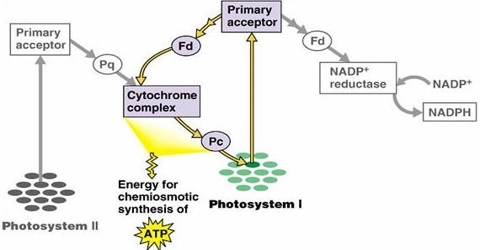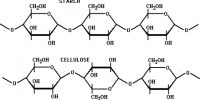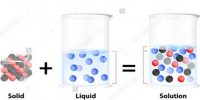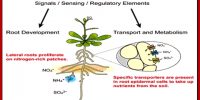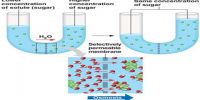Photophosphorylation may be defined as the production of Adenosine triphosphate (ATP) (phosphorylation) by the reaction of Adenosine diphosphate (ADP) and inorganic phosphate by the utilization of light (photo) energy. Only two sources of energy are available to living organisms: sunlight and reduction-oxidation (redox) reactions.
Light energy + ADP + inorganic phosphate (ip) → ATP
Types: Photophosphorylation is of two types; such as- Cyclic and Non-cyclic
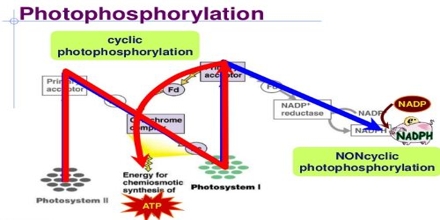
Cyclic Photophosphorylation: The Photophosphorylation by which the high energy electrons ejected out of the pigment molecules P700 through cytochrome system (Carner’s). Cyclic photophosphorylation just accomplishes the ADP to ATP process for immediate energy for these cells.
During the travel of this electron through the cytochrome system energy is released from the high energy electron and the said energy is used to form ATP from ADP and inorganic phosphate (ip)
Non-cyclic Photophosphorylation:
Photophosphorylation by which high energy electrons ejected from the chlorophyll molecule are carried through the cytochrome system (carriers) do not go back to same pigment molecule. While noncyclic photophosphorylation uses both photosystem I and photosystem II acting in series
During the travels of this elation through the cytochrome system (carriers) some energy is released and the said energy is used for the reduction of NADP. Since the high energy electrons ejected from the pigment system P700 does not go back to the pigment system, it is called the non-cyclic Photophosphorylation.
